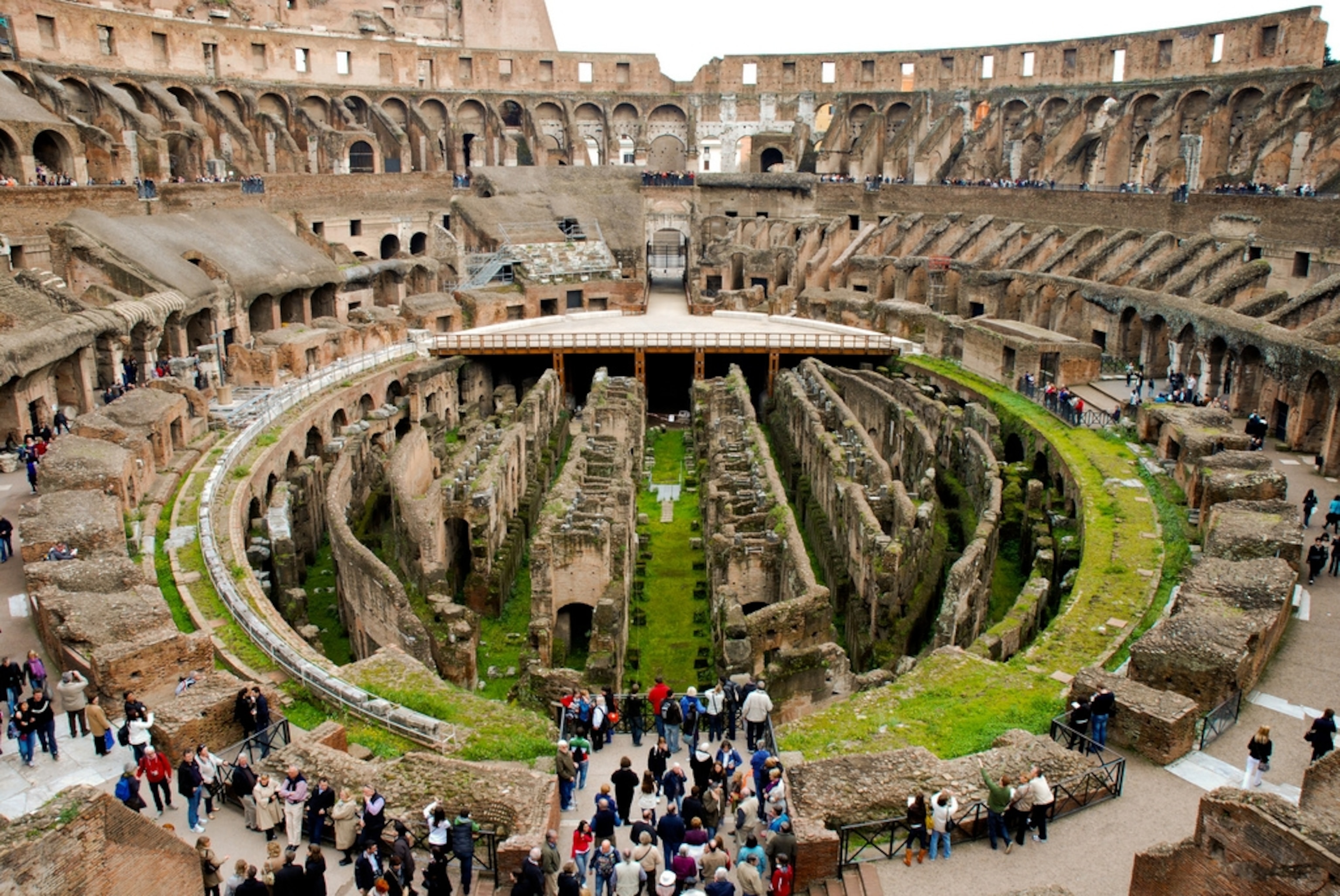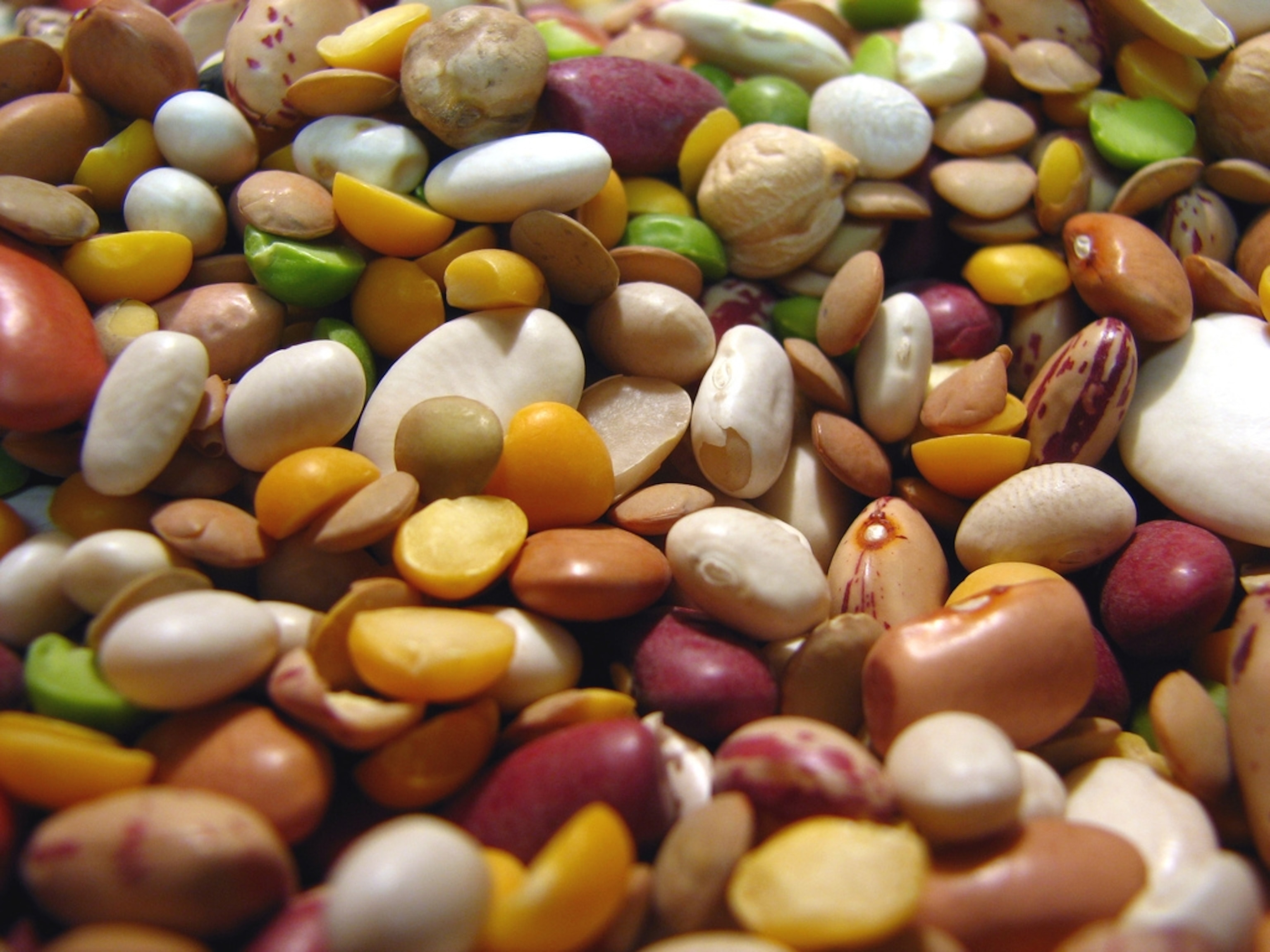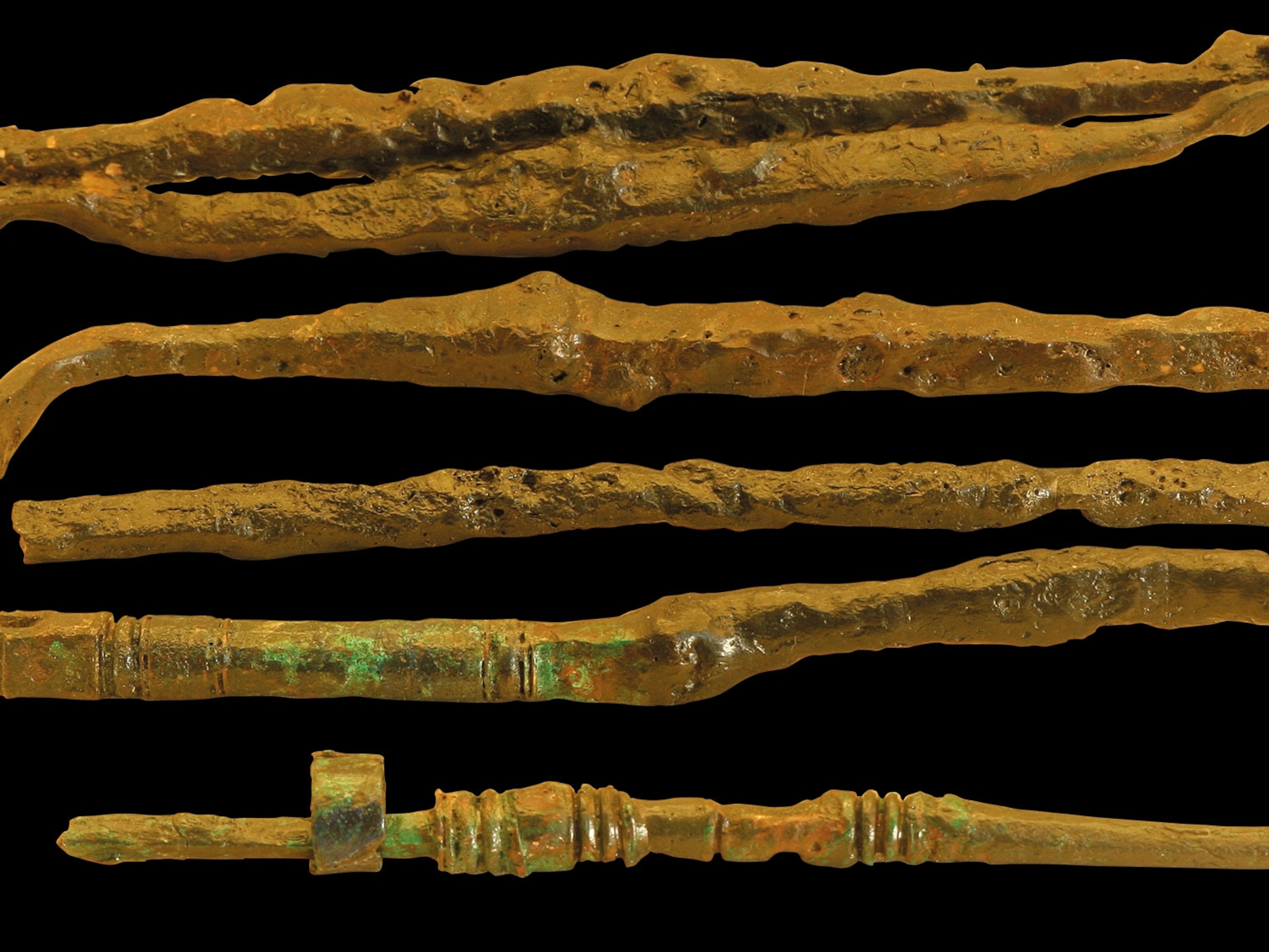
Dinner With the Gladiators: Beans and Ashes
A gladiator’s lot was not a happy one. Most were war captives, criminals, slaves, or destitute free Romans—so broke they were willing to risk slaughter in exchange for food.
Gladiators had no legal rights. Romans who voluntarily joined their ranks were made to swear an intimidating oath, renouncing their status as citizens: “I will endure to be burned, to be bound, to be beaten, and to be killed by the sword.”“There is no meaner condition among the people than that of the gladiator,” said Calpurnius Flaccus, a second-century Roman orator.
As a gladiator, your life expectancy was lousy, and your end, when it came, was almost guaranteed to be brutal and bloody. This isn’t to say, though, that there weren’t occasional perks.
A gladiator who survived multiple fights could win fame and freedom, perhaps eventually retiring from the arena with a healthy nest egg, or spending his twilight years as a respected trainer at a gladiatorial school. Popular and successful gladiators were adored by the Roman citizenry. The best had devoted fan clubs. Children played games in which they took on the roles of their favorite gladiators. “When you enter the lecture halls,” wrote the historian Tacitus, crossly, of his gladiator-obsessed students, “what else do you hear the young men talk about?” As the Yankees and Red Sox are to Americans, so were gladiators to the Romans. You can bet there were fights about rival gladiators in the Roman equivalent of bars.
Victorious gladiators were sex symbols. (The Latin gladius-sword-was both the source of the word gladiator, and a slang term for penis.) The Roman poet Juvenal wrote a satirical poem about a senator’s wife who abandoned husband and children to elope to Egypt with a gladiator. Graffiti on the walls of Pompeii touted the gladiators’ sexual prowess. (“Celadus the Thracian, thrice victor and thrice crowned, the young girls’ heart-throb.” “Crescens, the Netter of young girls by night.”) Less pleasant was the prevailing Roman belief that gladiator blood could cure impotence.

Historically, much of what we know about the gladiators’ lifestyle comes from Galen, famed for his works on human anatomy, who in the second century CE served as doctor to the gladiators. The gladiators’ standard foods, Galen writes, were bean pudding and barley. The pudding was often served as a mash of beans mixed with peeled barley; sometimes it was watered down to make a bean soup, a thick liquid drunk from pottery cups. Food-wise, it wasn’t particularly interesting, but it was filling and cheap. Galen didn’t think much of it, worrying that such a diet, rather than toughening the flesh and building the body, made men soft and flabby.
In 1993, a gladiator graveyard was discovered in Turkey near the ancient Roman city of Ephesus—once the Roman capital of Asia Minor, home to 200,000 inhabitants, and site of the fabulous Temple of Artemis, one of the Seven Wonders of the Ancient World. The graveyard contained the remains of some 68 men, all ages 20-30, plus one woman (a slave), and one middle-aged man who, based on his skeletal history of assault and battery, may have been an ex-gladiator turned trainer.
Chemical analyses of the bones indicated that gladiators just may have been Galen’s pudgy vegetarians. Anthropologists Fabian Kanz and Karl Grossschmidt at the Medical University of Vienna in Austria found high levels of strontium in the gladiators’ bones-twice as much as found in the bones of ordinary Ephesians-indicating a heavily plant-based diet.

Pliny the Elder writes that the gladiators were nicknamed hordearii, or “barley men.” Meals of barley, beans, and dried fruit would ordinarily have left the gladiators deficient in calcium. Kanz and Grosschmidt’s results, however, showed that the gladiators were benefiting from some strontium-rich calcium source-most likely the mysterious “ash drink” cited in contemporary Roman literature. It seems that the gladiators gulped down a concoction of wood or bone ashes in vinegar as a post-training or after-battle tonic—an ancient, but less tasty, equivalent of Gatorade.
Such a diet, according to Kanz and Grossschmidt, may have packed on the pounds. Fat may have been a plus. A little excess padding would have protected gladiators’ internal organs from the slash and hack that was habitual to gladiator life. On the other hand, the forensic data show that the gladiators were far from sluggish couch potatoes. Their high bone densities were similar to those of modern professional athletes; and enlarged muscle markers on arm and leg bones indicate that they participated in intensive and continuous exercise programs. The bean-eating gladiators basically lived in the gym.
Gladiatorial contests, on average, were held about 10 times a year, before huge audiences in Rome’s Circus Maximus. Shows could feature hundreds or thousands of gladiators, battling either as matched pairs or in teams, or pitted against wild animals. The day before the event the gladiators were given a lavish feast, called the cena libera, in the same spirit that prisoners on Death Row today are given their pick of final meals before execution. Mosaics indicate that the potentially doomed combatants ate, drank, and made merry, gorging themselves at the last on such rare treats as roast boar, pork sausage, fish, figs, and honeyed wine.
This story is part of National Geographic’s special eight-month Future of Food series.
References:
- Curry, Andrew. The Gladiator Diet. Archaeology Magazine, November/December 2008.
- Losch, Sandra, et al. “Stable Isotope and Trace Element Studies on Gladiators and Contemporary Humans for Ephesus (Turkey, 2nd and 3rd Ct. AD)-Implications for Differences in Diet.” PLOS One, 15 October 2014.
- Scarborough, John. Galen and the Gladiators. Episteme 5, 1971, pp.98-111. Revised 2013.








